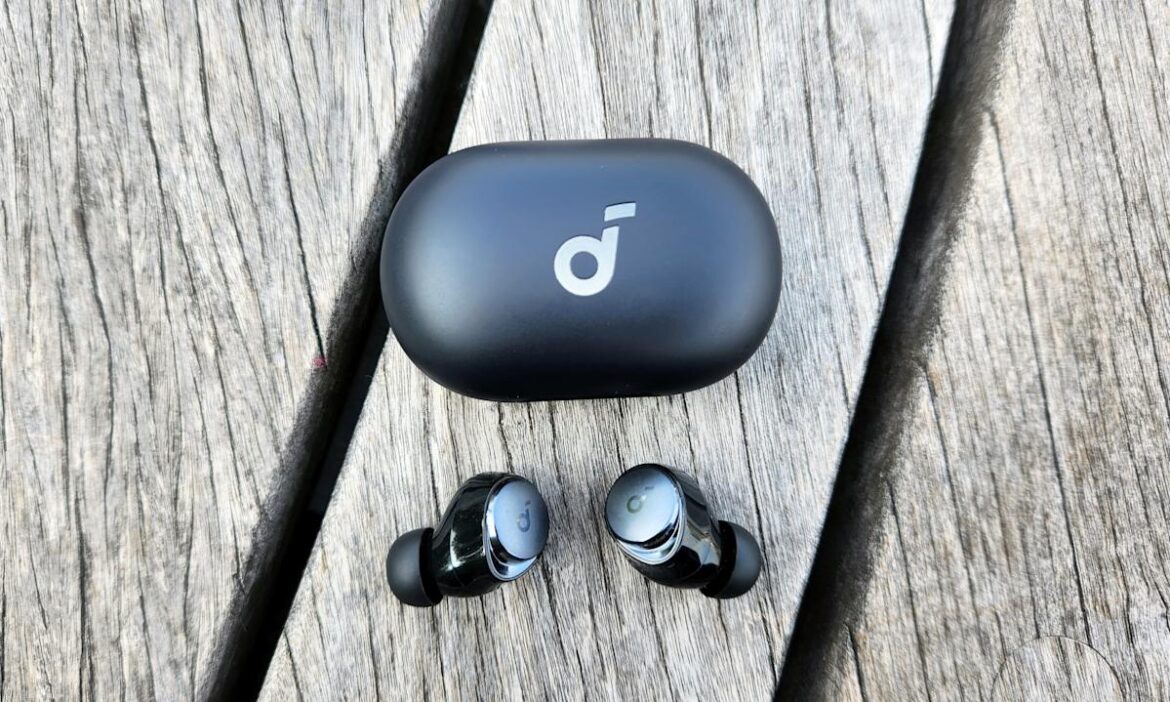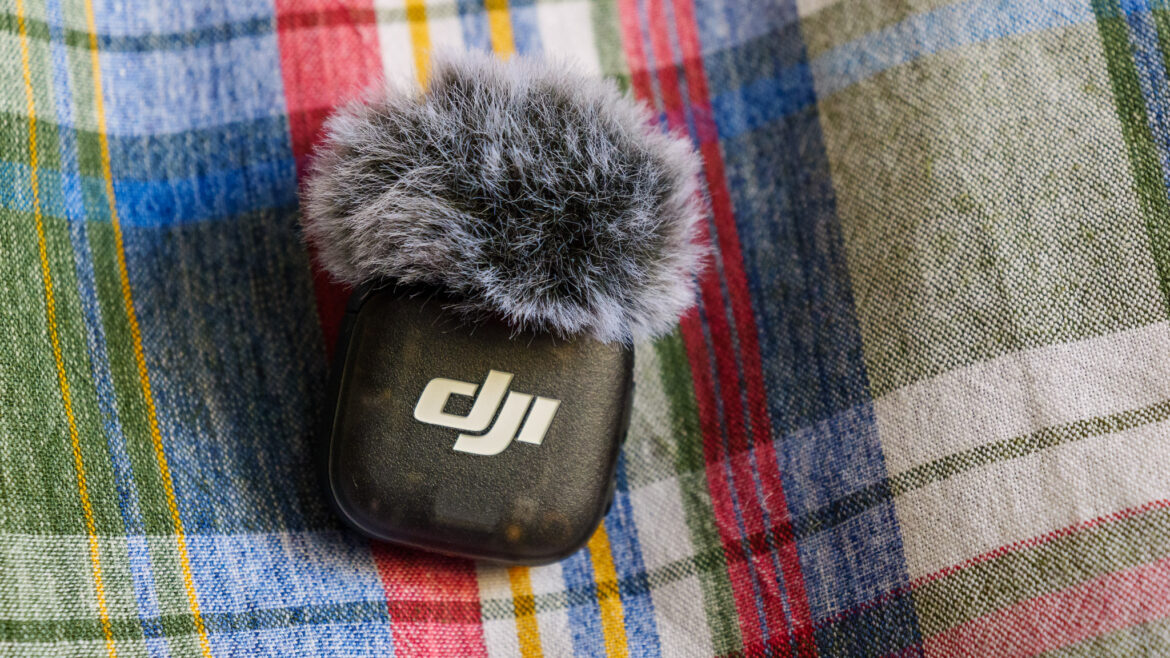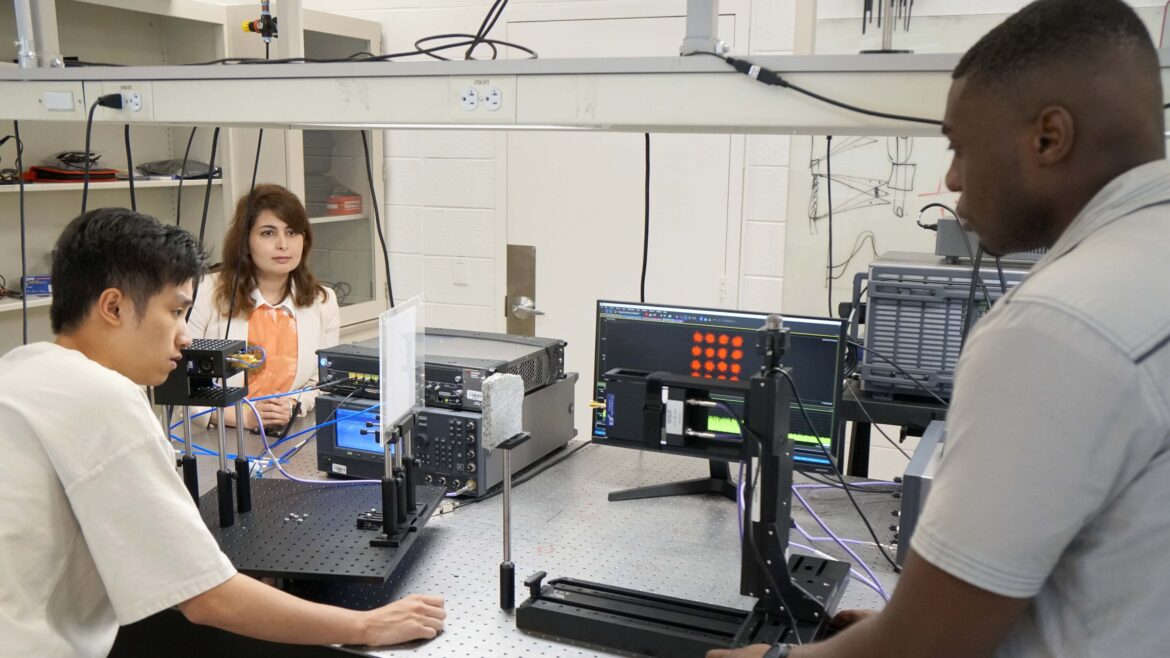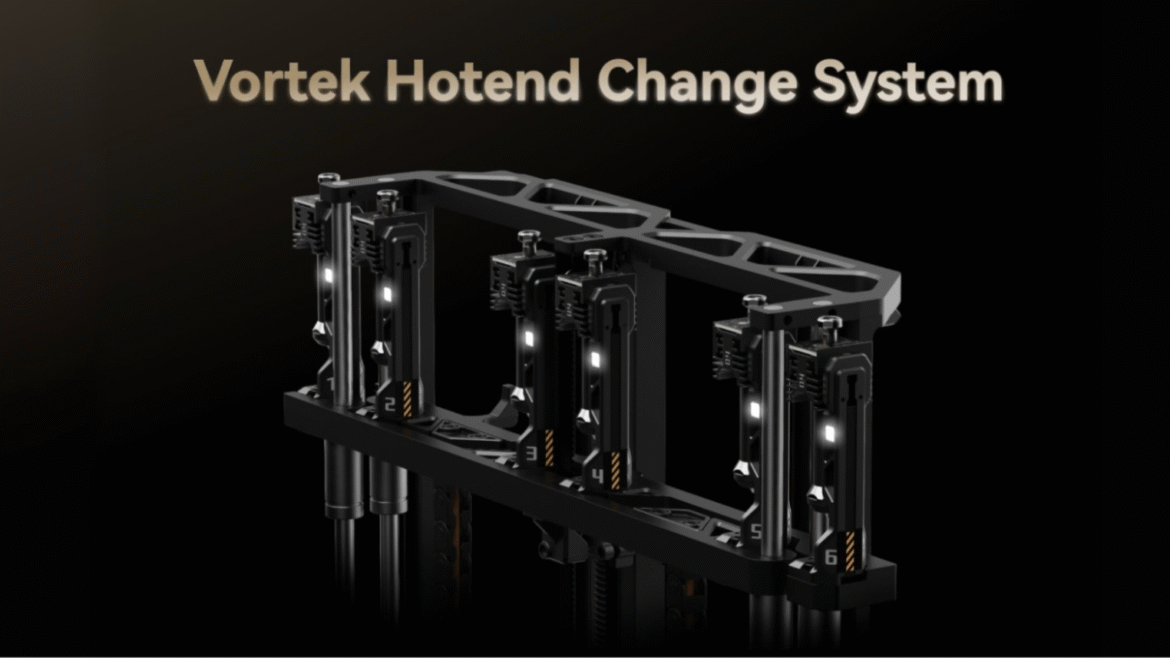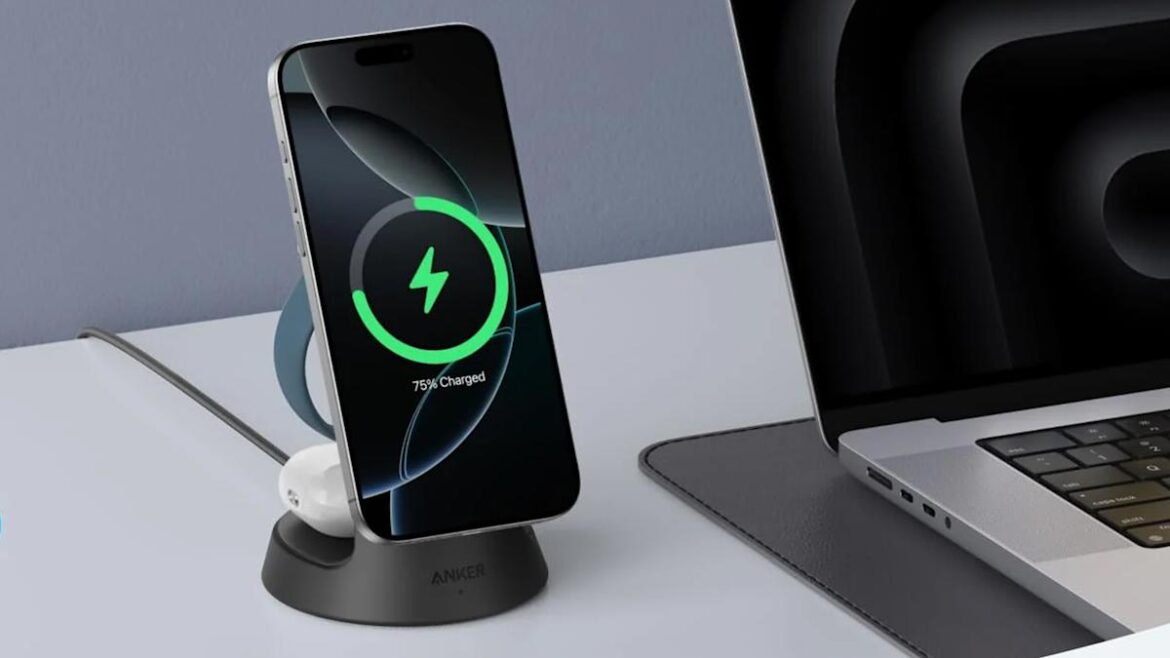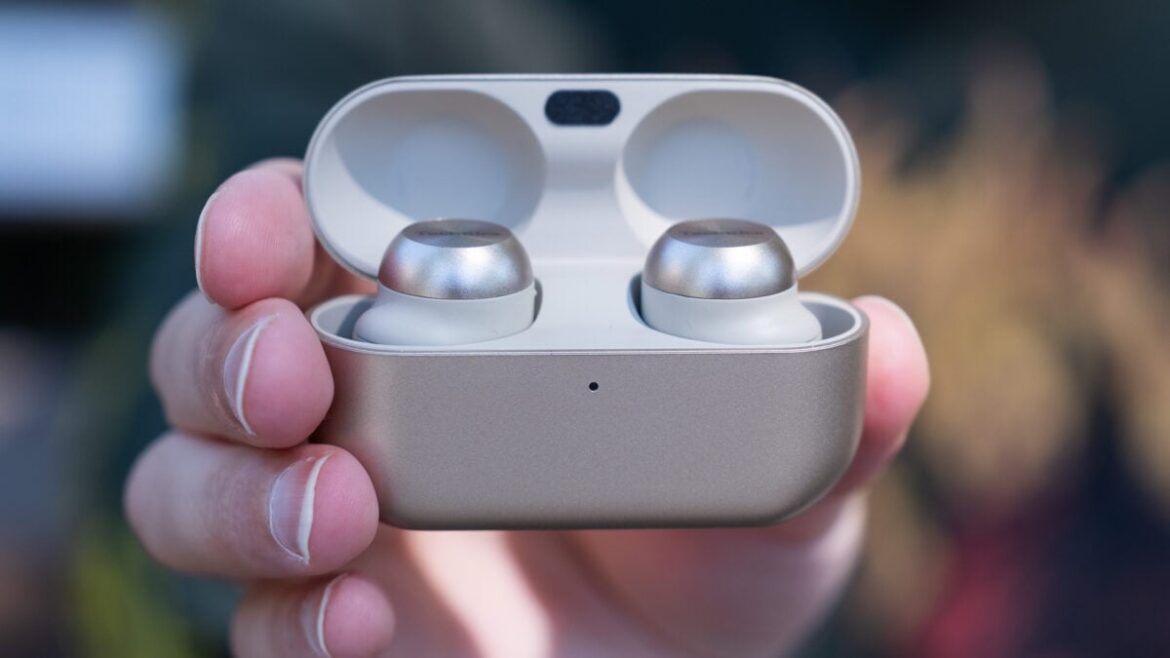The Anker Soundcore Space A40 wireless earbuds are back on sale for a record-low price of $45 a 44 percent discount. These earbuds remain our top pick for best budget wireless earbuds.
The most significant feature on the A40 earbuds is the inclusion of active noise cancellation (ANC), which is almost unheard of at this price point. It’s not the most sophisticated ANC, but it does sufficiently reduce constant rumbling background noise like on a plane. The built-in mic that’s used for transparency mode and phone calls is a bit subpar, especially when used in noisy areas.
Soundcore
Our top budget for the best wireless earbuds is back to a record low price.
$45 at Amazon
These are budget-friendly, so while they can’t be expected to compete on audio quality with flagship headphones that cost hundreds of dollars, the sound is still impressive given their low cost. The sound profile is warm, with a strong upper-bass, while some of the higher frequencies lose finer details. For those wanting to fine-tune the sound on the A40s, the earbuds can be paired with the Soundcore app, which includes an EQ.
The small, round earpieces help make the A40s comfortable to wear for extended periods, and the charging case extends the already solid 10-hour battery life by another 50 or so hours. The Anker Soundcore Space A40 wireless earbuds are already one of the best value options on the market, and this sale makes them even more appealing.
Follow @EngadgetDeals on X for the latest tech deals and buying advice.

